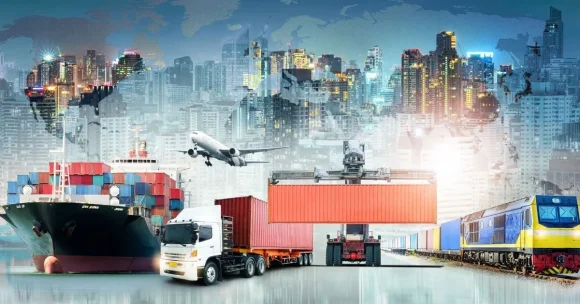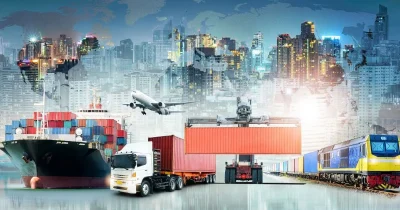Artificial intelligence (AI) is a transformative force in logistics. Lior Ron, founder and CEO of Uber Freight is leveraging his extensive background in AI to optimize current processes and pave the way for a future driven by automation.
From programming games to taking charge at large companies such as Google and Uber Freight, Ron is no stranger to the power of AI in transforming industries. This was highlighted once again in Uber Freight’s recent webinar, titled ‘Unlocking the future of logistics with AI.’
Ron says: “AI is changing everything around us, and the rate of change is faster than ever before. […] Machines can do global optimization more effectively, more efficiently, and solve that global constraint and optimization problem better than humans.”
Applying AI in logistics and freight
Ron says we should think about AI in three phases:
- Mapping and digitizing the physical universe.
- Empowering decision-making.
- Making proactive recommendations based on data.
Ron says the first phase emphasizes the importance of converting the physical aspects of logistics into a digital format. This step will involve creating a digital representation of the physical supply chain, which in turn will lay the groundwork for AI integrations.
Phase two – using AI to empower decision-making – follows “once everything is connected,” Ron says. “We are aiding, with the information we’ve collected, better and better and better decision-making, whether it’s our own operators or shippers or customers.”
The step is to analyze the data and make proactive decisions. It’s vital to point out that, during this phase, AI won’t be replacing human input. Ron explains: “The human stays in control, but it’s about augmenting them and about the models proactively suggesting new directions, new recommendations, new decisions, new optimizations.”
Future of logistics technology
Ron envisions a future where logistics professionals “can define the constraints and define what they’re trying to solve, and the machine can take over everything else.”
By everything else, he means:
- Procurement outcome.
- Supply chain planning.
- Network planning.
- Risk mitigation.
- Cost savings.
- Carrier selection.
- Schedules.
- Dock management.
- “And all of that stuff.”
This means logistics will largely be automated – think of it as an autopilot system. AI-driven software handles and automates most of the functions, while logistics experts will focus on strategy and oversight.
Ron says: “If we build the right digital infrastructure, then a lot of that can happen in an automated way with the right interface, the right checkpoints, and then allow those supply chain professionals to elevate their game. Be even more strategic and be even more focused on the task at hand.”
About the author
Cheryl has contributed to various international publications, with a fervor for data and technology. She explores the intersection of emerging tech trends with logistics, focusing on how digital innovations are reshaping industries on a global scale. When she's not dissecting the latest developments in AI-driven innovation and digital solutions, Cheryl can be found gaming, kickboxing, or navigating the novel niches of consumer gadgetry.











